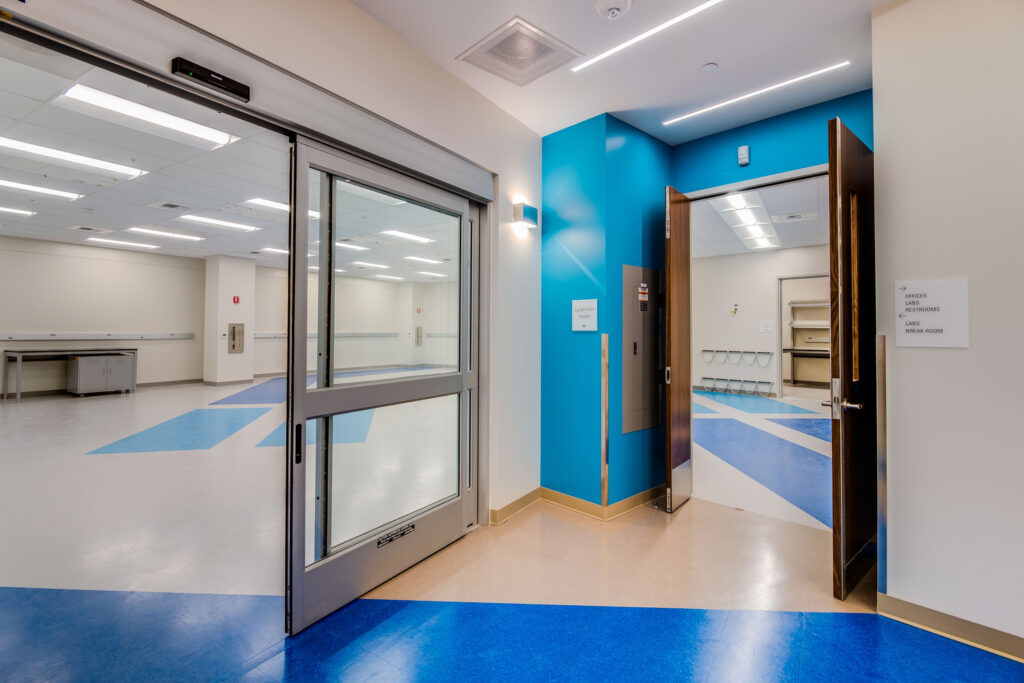Lighting is the main source of building energy usage. Standards for energy regulation guide building development innovations across the U.S. and the world. National standards such as the IECC and ASHRAE assist states in publishing their own energy codes. California’s ownTitle 24 is strict yet effective in achieving energy reductions. The 2025 updates to Title 24 will include standards to align better with ASHRAE and IECC.
Table of contents

California Title 24 updates
We spoke with Charles Knuffke, Systems VP at Wattstopper, for a breakdown of upcoming changes to Title 24 energy regulations, as well as the trends of national energy regulations as a whole. Charles explains that most of the 2025 updates to Title 24 are elaborations of the current language used in the code. While this may not seem significant, many areas of the code have been difficult to understand. This year, the California Lighting Technology Center (CLTC) published an initiative to address code clarification and energy updates. The efforts aim to make the code more understandable for people.[1]
The California Energy Commission performs bi-annual studies and publishes the comments. This allows the public to contribute to the discourse for updates and new energy legislation. The studies regarding the energy code are funded by utility companies.
Updates to lighting control systems
Charles explains one major Title 24 update for 2025 addresses non-residential spaces that require switches or dimmers. Non-residential spaces that require manual switches and dimmers, such as a hospital, will now allow these controls to be under lock and key. While this lock and key requirement is new, it means more security to prevent public tampering with lighting systems.

The additional security means less restriction on control placement, allowing for more flexibility, convenience and safety for non-residential manual lighting control design. Designers can place these controls in remote locations as long as a pilot light or similar mechanism is used to show the status of the light system.
Another notable change to Title 24 addresses daylighting. Daylight zones for spaces larger than 250 sq ft must now be established and clearly laid out in architectural plans. Furthermore, automatic daylight controls that were previously required for spaces using 120 watts or more in a zone now apply to spaces using 75 watts or more, matching the existing ASHRAE requirement.
Additional lighting and power code updates
Power density addresses the power allowed in certain spaces. For lighting, these power restrictions have often become more stringent as technology has improved. Continuing this trend, experts expect a similar reduction of around five percent in lighting power density for certain space types in 2025.
Demand response, which regulates the amount of energy used during high-demand times of the day, will be updated in the 2025 edition of Title 24.
“Now, the code will require new buildings to include plug loads as to be part of their demand response. These requirements will be tailored to individual spaces now, and not just entire buildings.”
Charles Knuffke
The bigger picture for energy regulations and the future
Knuffke, as an expert in these lighting and electrical regulations, states that “The California code is written the best and is most readable. California was also the first to regulate mandatory dimming. Title 24’s code regarding occupancy sensors is simple and specific. ASHRAE is more complicated, but the efforts behind these different code standards are to harmonize with one another. ASHRAE was the first to include plug loads in their regulations, but many places didn’t enforce it. However, California enforced plug load requirements. The IECC standard does not have plug load in its code but may include it in the future.”

With the future in mind, Charles would like the code to only require technologies that are actually readily available, which has not always been the case. He also expressed that “regulations should move the needle. The code should not be overly specific, such code that only applies to very specific types of building types. This makes it less beneficial and more difficult to apply.”
He would also like the energy rules to pay for themselves, as the payback for investing in these technologies should be evident. Knuffke gives an example, wanting “clearer and logical requirements for photovoltaic and battery storage, which the CEC currently requires too much situational specificity.”
The new updates for placing lighting control systems in non-residential buildings enable designers the flexibility to place these controls at locations that are easier to use and also easier to design with. The updates to demand response by space type also allow designers and engineers more flexibility in how they have to factor demand response calculations.
Updates to the language of the Title 24 code will undoubtedly make things easier for designers and engineers. Luckily, the changes to the code should not be too complicated and far-reaching to grasp. Bringing people into the public discourse on energy regulations will continue to be important for creating an innovative, balanced and understandable energy code.
Sources:
[1] 2025 Title 24 Lighting Language Cleanup Initiative, 2023. California Energy Commission.
Charles Knuffke
Systems VP & Evangelist, Wattstopper
Legrand, North and Central America
Garrett Rock is a seasoned lighting designer based in San Francisco, California. He earned his bachelor's degree in Interior Design from the University of California, Davis, and a Master's in Architecture from the California College of the Arts. Throughout his career, Garrett has contributed to firms such as Architecture & Light, Banks Landl Lighting Design, Geddes Ulinskas Architects and WSP. He currently serves as a lighting design consultant for Alcon Lighting and a technical writer for Insights, where he specializes in keeping readers current on energy regulations and in human-centric lighting guides for healthcare settings, retail and other commercial applications.





